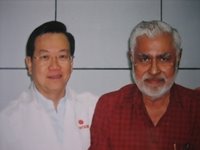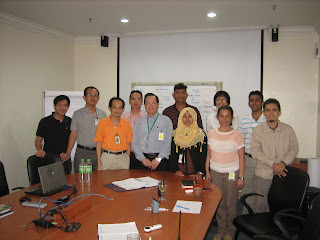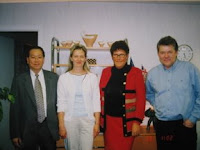Thickeners for Natural Rubber Latex and Nitrile Latex
John Woon (Senior Latex Consultant): You can try the following:
1) Natural Colloids
Examples for theses are casein and alginate. Ammonium casienate (10% solution of casein in ammonium hydroxide) and sodium alginate (5 - 8% solution) have been used successfully in the industry. However, these are prone to bacterial attack. I suggest you add some bactericide.
2) Celluloses
Widely used cellulose types of thickeners include methyl cellulose, hydroxy propyl methyl cellulose and sodium carboxyl methy cellolose and their derivatives with chemical modifications. All are used at a concentration of 4 to 6%. They are available in different molecular weights giving different viscosity accordingly.
3) Polyacrylates
Examples are ammonium polyacrylate, sodium polyacrylate and polyacylate acid emulsion. When using the acid emulsion care must be taken to prevent possible flocculation of latex.
4) Water-soluble polyurethane
This is an alkyl phenol ethoxylates associative polyurethane thickener widely used in the coating industry.


















































.jpg)
.jpg)



.jpg)
.jpg)
.jpg)
.jpg)
.jpg)
.jpg)
.jpg)
.jpg)
.jpg)
.jpg)
.jpg)
.jpg)
.jpg)
.jpg)
.jpg)
.jpg)
.jpg)
.jpg)












































